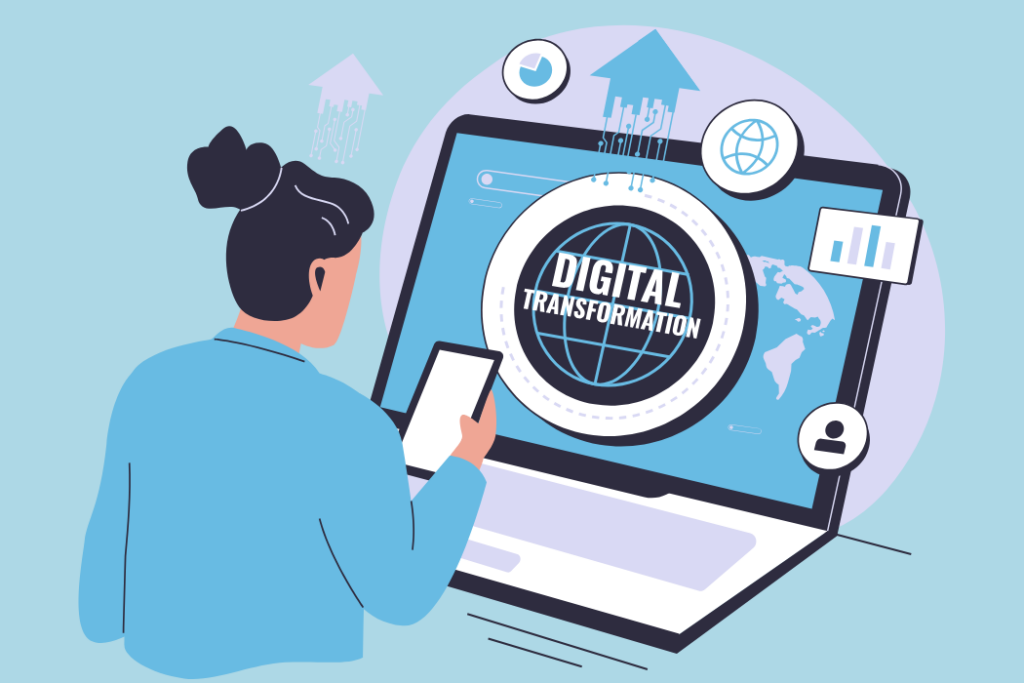
A company’s most valuable asset is its people. When employees are engaged, motivated, and thriving, they are more productive, creative, and committed to the organization’s success. Focusing on employee well-being and engagement fosters a positive, healthy workplace culture that benefits both workers and the bottom line.
Employee wellbeing should be a top priority. When a team feels supported and has a positive work environment, they will be happier, healthier and more engaged.
What does a healthy workplace look like? It’s one where employees feel a sense of purpose, have positive relationships with coworkers and managers, have opportunities to learn and grow, and feel they have a satisfactory work-life balance. Organizations that make employee well-being a priority see higher retention rates, better talent attraction, and superior levels of innovation and performance.
There are many strategies organizations can implement to bolster employee well-being and engagement. These include:
Promoting Work-Life Balance
Allowing flexible schedules, remote work options, and generous time off policies helps employees manage demands outside of work. Offer employees flexible scheduling because you recognize the importance of work-life balance for mental and physical health. Organizations should foster a culture where taking vacations and sick days is accepted and encouraged.
Offering Wellness Programs
On-site fitness centers, health screenings, counseling services and stress management programs demonstrate a commitment to supporting mental and physical health. Provide generous wellness benefits including yoga and meditation breaks to help employees manage stress. Other popular wellness initiatives include smoking cessation programs, health coaching and free flu shots.
Encouraging Professional Development
Employees feel more engaged when they have opportunities to continue growing and learning on the job. Tuition reimbursement programs, skills training, mentorships and stretch assignments empower employees to reach their potential. Encourage all employees to pursue professional development opportunities that excite them. When people feel challenged and supported, that’s when innovation happens.
Promoting Healthy Lifestyle Habits
Offer standing desks, provide healthy snacks, encourage walking meetings, and build movement into the workday. Consider partnering with a local gym or fitness center to offer discounted memberships. Design offices with wellness in mind to including sit-stand desks and an on-site cafe serving nutritious meals.
Fostering Community and Camaraderie
Host employee social events, happy hours, volunteer days and family-friendly activities to help coworkers connect on a personal level. Create communal spaces like lounge areas, game rooms and outdoor seating for people to socialize. The friendships and bonds they form make coming to work enjoyable.
Showing Appreciation and Recognition
Recognize employees for their contributions no matter how big or small. Send thank you notes, highlight accomplishments at team meetings and celebrate work anniversaries. Make sure all employees, from receptionists to our executives, feel genuinely appreciated for everything they do.
Promoting Open Communication
Encourage employees to share ideas and concerns through regular surveys, town halls, an open-door policy for management and other channels. Foster a culture where people feel safe speaking up and asking for help. The key is making employees feel comfortable coming to leadership with any issues. When the communication flows openly, we can collaborate to continuously improve the employee experience.
Offering Competitive Benefits
Beyond fair compensation, employees today expect attractive benefits like health insurance, retirement plans and paid time off. Stay on top of trends and talk to employees to understand the benefits that are most meaningful to them. Conduct regular reviews of benefits offerings to ensure they are competitive, affordable, and meeting employees’ needs.
Prioritizing Inclusion and Diversity
Employees want to feel valued, accepted and like they belong. Making sure your workforce represents society’s diversity is key. Provide unconscious bias and diversity training, hold events celebrating different cultures, and make accommodations for disabilities and religious practices. We work hard to make our employees of all backgrounds feel welcomed and included. When people feel comfortable being their true selves at work, engagement thrives.”
Supporting Work-Life Integration for Parents
Offer paid parental leave, on-site childcare, flexible hours and other benefits to help working parents. Make sure new parents feel supported before and after leave. Provide working parents with the resources they need to be successful both at home and at work.
Giving Back to the Community
Encourage employees to get involved with volunteer projects and philanthropic campaigns. Organize service days where employees can give back together. Provide grants or match donations to causes employees are passionate about. Giving back builds community, teaches leadership skills and boosts engagement. Employees gain a huge sense of pride from volunteering and fundraising initiatives.
Focusing on Mental Health
Promote an open dialogue around mental health issues. Train managers on recognizing signs of burnout and poor mental health. Provide access to counselors or therapists and be accommodating with mental health leave. With burnout and depression rates so high right now, focusing on mental health is more critical than ever. Employees should know it’s okay to ask for help and take time when needed. Managers should meet with their employees once a month to not only talk about their workload but to check in on their mental wellbeing as well.
Listening to Employees
Conduct regular engagement surveys and meetings to hear employees’ needs. Create processes where management and HR can address concerns quickly. The best ideas for improving engagement often come from employees. Make sure to incorporate their feedback into every new wellbeing initiative we implement.
While building a positive workplace culture requires commitment and investment, the rewards can be immense. Companies that show employees they are valued see higher productivity, innovation, loyalty, and profits. By making employee wellbeing and engagement a priority, organizations create an energizing environment where people are empowered to do their best work every day. That’s how workplaces can find true success and competitive advantage.













